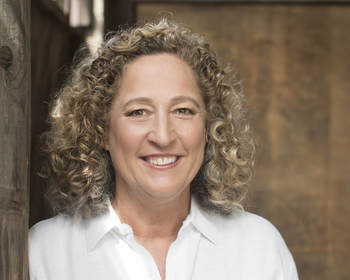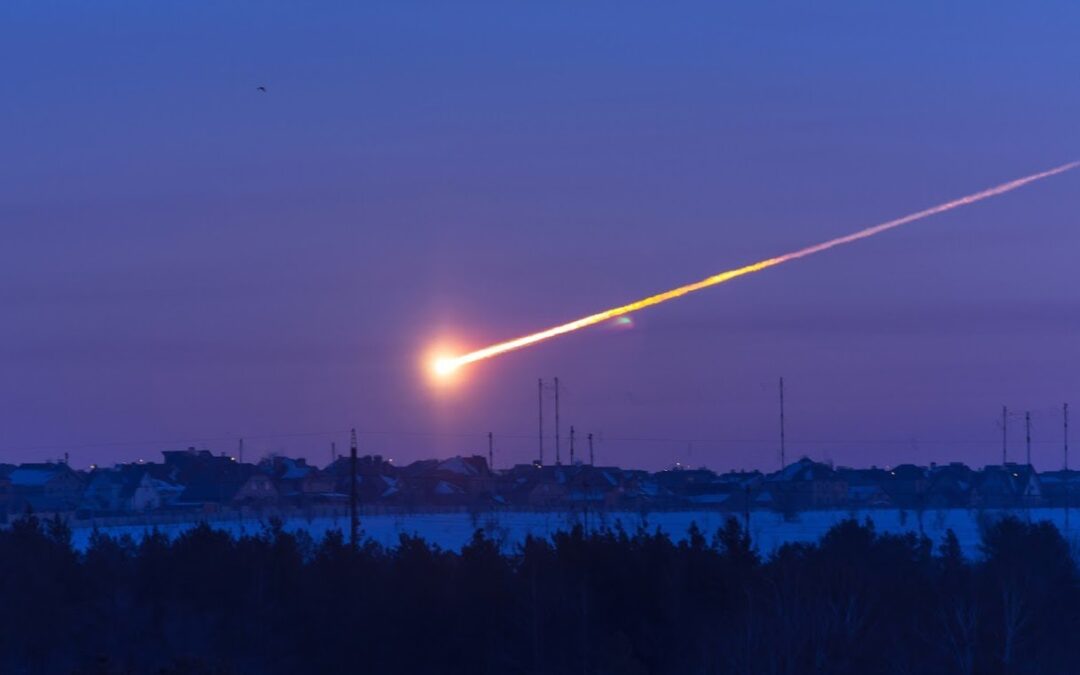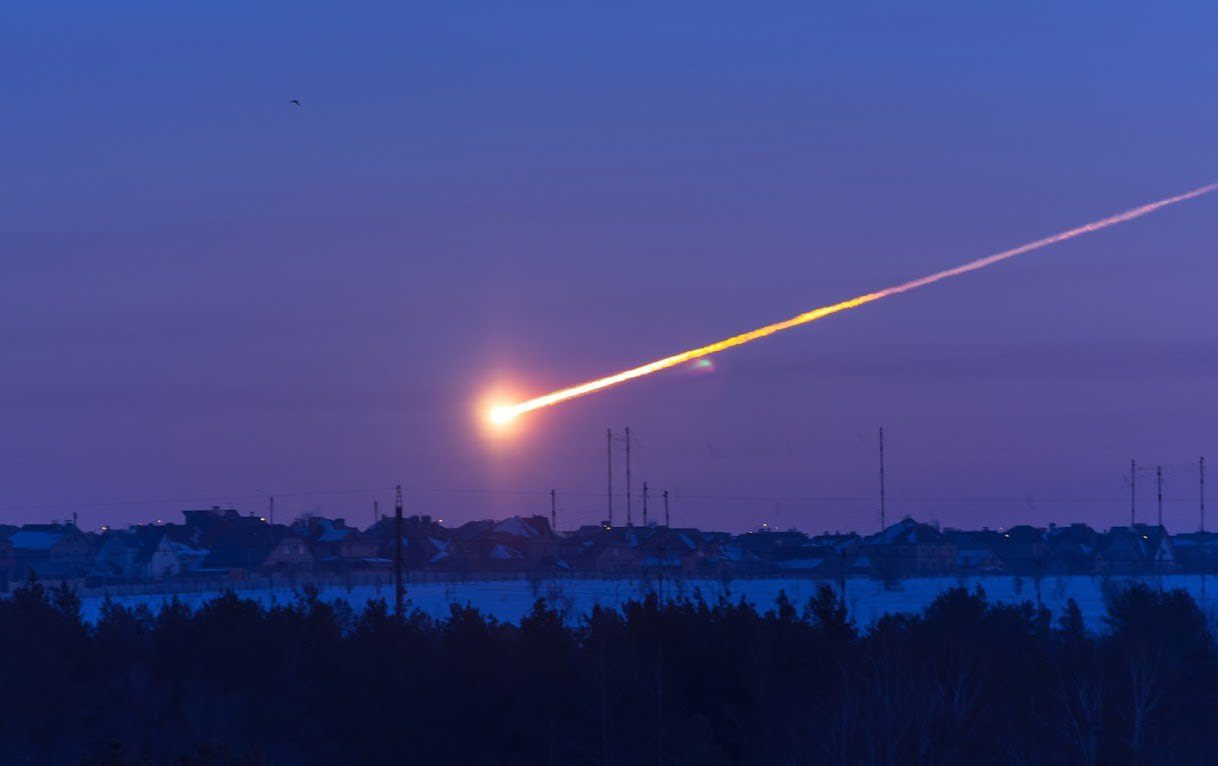
B612 Foundation President Danica Remy. Courtesy image.
The race very much remains on to identify all of the asteroids that could impact Earth, and Danica Remy, a fourth generation Marinite and Mill Valley resident, is among those leading that effort.
Remy is the president of the B612 Foundation, an organization that was co-founded by Apollo 9 astronaut and former Tiburon resident Russell “Rusty” Schweickart in 2002 and named after the asteroid in Antoine de St. Exupéry’s story The Little Prince. Remy works out of B612’s downtown Mill Valley office, while some of her colleagues work at offices in Menlo Park, Los Angeles, Berkeley, Boulder, Colorado and around the world.
On June 30th at the California Academy of Sciences in San Francisco, B612 is set to unveil the Schweickart Prize Planetary Defense Prize, the first-ever international prize to be awarded to exceptional students and early-career individuals for their work in the area of planetary defense. In commemoration of the illustrious career of Apollo 9 Astronaut Schweickart, this pioneering international prize marks a historic moment as it becomes the first of its kind to globally recognize the remarkable efforts, technical or non-technical, of individuals working in the field of planetary defense.
The Prize Committee comprises an international panel of respected science, technology, and policy leaders worldwide that will be announced. The prize launch coincides with Asteroid Day, a United Nations-recognized day of awareness to educate the world about asteroids. B612 Foundation and the California Academy of Sciences were founding sponsors of Asteroid Day in 2014.
B612 Foundation invites you to hear from a panel of six astronauts alongside Ryan Wyatt, Senior Director of Science Visualization, and other esteemed guests at the California Academy of Sciences to launch the Schweickart Prize. The Prize Committee comprises an international panel of respected science, technology, and policy leaders worldwide that will be announced. The prize launch coincides with Asteroid Day, a United Nations-recognized day of awareness to educate the world about asteroids. B612 Foundation and the California Academy of Sciences were founding sponsors of Asteroid Day in 2014.
The formal press release will be issued on June 30th at 6am Pacific Time before the press conference. The Press Conference will take place before the Prize Ceremony, which will be hosted under the dome of the Morrison Planetarium later that evening. The press is invited to attend the ceremony.
Journalists requesting one-on-one interviews with any of the speakers should do so in advance by contacting B612 through our Media Request Form or contacting Joelle Byars (press@b612foundation.org) +1 415-910-0662.
Journalists who cannot attend the press conference will receive a call-in number to access audio. Please RSVP to press@b612foundation.org to receive the call-in information.
Special guests include: Anousheh Ansari: CEO, XPRIZE, private space explorer and first Iranian astronaut; Dr. Ed Lu: 3x NASA astronaut, Executive Director, Asteroid Institute, co-founder, B612 Foundation; Dr. Franklin Chang-Díaz: 7x NASA astronaut, CEO, Ad Astra Rocket Co, first Hispanic astronaut; Geoff Notkin: Actor, author & entrepreneur, host of Meteorite Men on the Science Channel; Nicole Stott: 2x NASA astronaut, author, co-founder Space For Art Foundation, first painter in space; Rusty Schweickart: Apollo 9 astronaut, co-founder B612 Foundation, retired business & government executive; Ryan Wyatt: Senior Director, Morrison Planetarium and Science Visualization, California Academy of Sciences; Scott Manley: Scottish science communication YouTuber, astrophysicist, programmer; and Dr. Jeffrey Hoffman: 5x NASA astronaut, Prof. Aerospace Engineering, MIT, second Jewish astronaut
For those that recall, nearly 30 years ago, Michael Bay’s film “Armageddon” told the story of a Bruce Willis-led oil rig crew that’s given the task of drilling into a Texas-size asteroid and putting a bomb in it to break it into pieces, before the asteroid hits the Earth. The film is largely remembered for two reasons: it raked in more than $550 million at the box office, and it was laden with laughable, “fantastically inaccurate” science. But while the film is punchline-worthy, the actual threat posed by asteroids impacting our planet is not – there are 10,000 known near-Earth asteroids that cross near our planet and occasionally hit it – and likely millions more.
Any doubts that the threat was real were wiped out on Feb. 15, 2013, when a small asteroid – approximately 20 meters in diameter – “exploded in an airburst creating a shockwave that injured over 1,500 people and damaged 7,000 buildings across six cities in Western Russia (footage here). B612 and the research carried out at its Asteroid Institute will help predict these surprises in the future,” Remy wrote in a recent blog post. “Our job is to find the asteroids before they find us, because if you don’t know where they are, there’s nothing you can do about it,” the organization says in the video clip below.
B612’s recent work has centered around its Asteroid Institute’s efforts to build “a dynamical map of the inner solar system and the millions of asteroids we know are out there but have yet to discover,” Remy says.
The map, dubbed ADAM (Asteroid Decision Analysis & Mapping), represents a pivot by B612 from its Sentinel Mission, a fundraising campaign to launch a space telescope dedicated to finding those hundreds of thousands of near-Earth objects. That effort became redundant when the LSST, a “large synoptic survey telescope” on a mountaintop in Chile mountaintop site that represents a thousand-fold increase in capability over current facilities, was funded.
“We don’t care where the data comes from – we just want the data to know where the asteroids are,” says Remy. “When we launched five years ago, there was no opportunity to get that range of asteroids. Now that there is, we’re building a cloud-based software platform to leverage all of the data that is coming in from LSST so that we can start to build a dynamic map and track and predict their path. We’re basically building an orbit propagation tool, which goes well beyond just identifying these asteroids.”
“The thing about our work is that it is truly global and it’s going to require a global response and global coordination,” she adds.
But for Remy, there’s also a local aspect to her work, especially living in Mill Valley. “I always love to talk about asteroids,” she says. “There are a lot of folks in town who work in the tech industry and who have a deep sense of doing right by humanity. Mill Valley is one of those unique places where people think local but a good portion of our community really does have a global grasp of things that have a really deep impact – no pun intended!”
The 411: B612 Foundation is entirely funded by private donations. MORE INFO.


